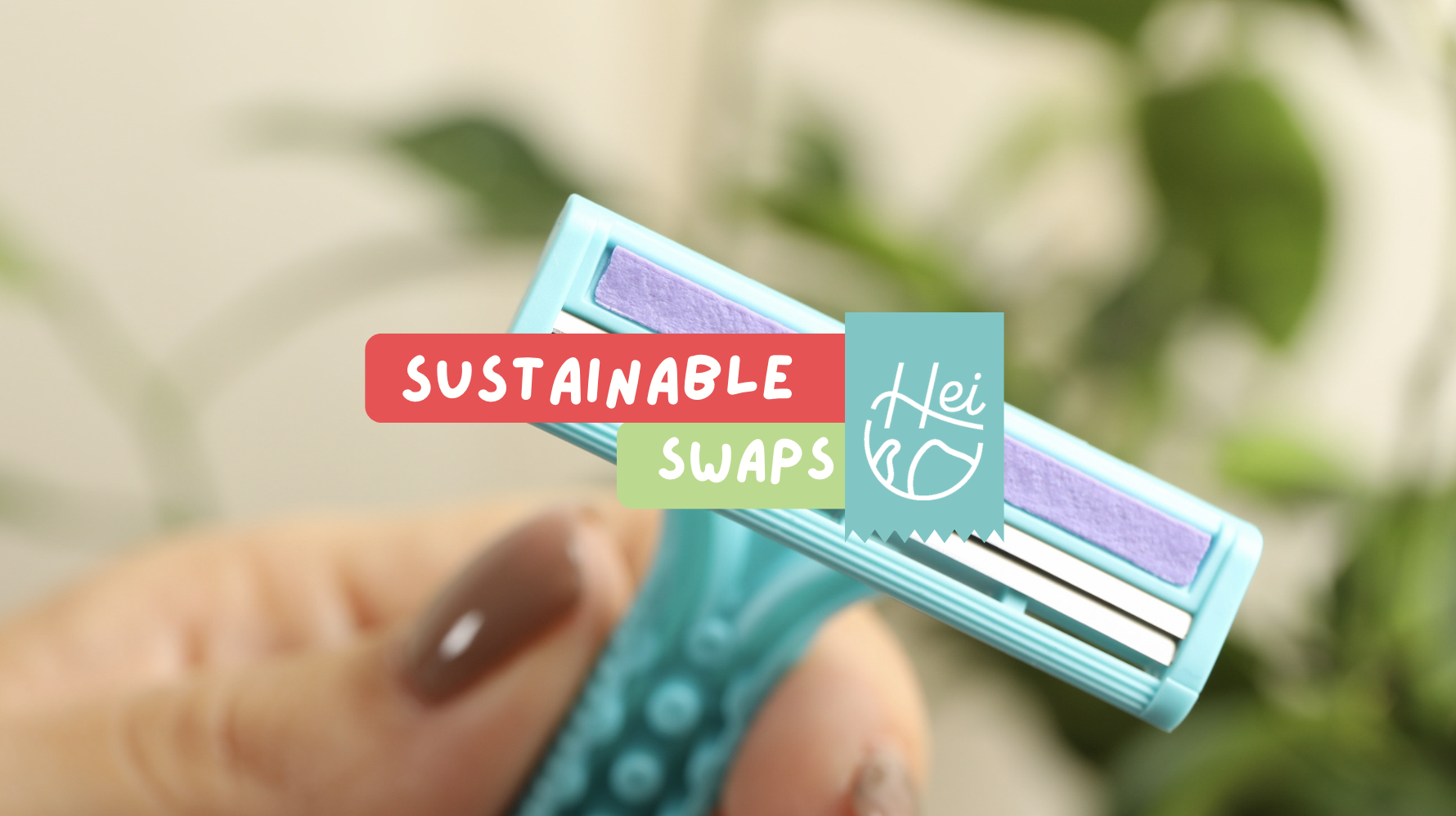For most, Christmas is not Christmas without a tree as a centerpiece of every home. In fact, every year, 95 million families put up a Christmas Tree, 80% of which are artificial (or “fake” trees) or about 75 million trees, while the remaining 20% opt for a real tree, about 20 million trees. It is no question that Christmas Tree farms are a billion-dollar industry in itself providing jobs to about 100,000 people country-wide.
But the great Christmas debate continues to remain unanswered, which is actually better, a Real Christmas Tree or an Artificial Tree? While most reports and studies will say Real Tree all the way, we say, it depends on the factors that surround you as it’s very different for everyone. So, do your research, stay informed, use your better judgment, practice mindful shopping and hopefully the info below will help you make the decision best for you.


Real Tree – Pros
1. For perspective, a 2-meter tree only produces ~3.5kg in Co2 for its Carbon Footprint and is definitely quick to fully decompose at a rate of about 6 months compared to an Artificial Tree
2. A Real Tree is completely recyclable especially when disposed of properly. Can be broken down and turned into numerous uses – mulch, feeds for some animals, sand and soil erosion barriers and can even be (responsibly) dumped into lakes and ponds to create homes for fish and other water wildlife.
3. Christmas Trees are treated as a renewed source. Multiple Christmas Tree programs are in place all over the country to ensure sustainable cutting/harvesting of the trees wherein each cut tree is replaced with 1-3 more seedlings in its place.
4. Supports Bio-diversity, not only by cleaning the air by transforming Co2 into fresh oxygen, but growing trees make for healthy soil, better foliage growth and provides habitat for wildlife.
“Trees are a renewable resource. When they’re being cut, they’re being harvested in ways that they’re being replanted, so it’s a great renewable resource that provides lots of environmental, conservation and nature benefits.”
Bill Ufelder, Director of the Natural Conservancy NYC
Real Tree – Cons
1. While (potted) trees can be re-potted, replanted and re-used the chances of people doing so, especially those living in the city is very slim (close to none) making it a single-use item.
2. If not disposed of properly, it goes straight to a landfill and its carbon footprint multiplies to about 6x the normal rate. It also gradually releases methane that is said to be more toxic than greenhouse gases.
3. When not sourced from a sustainable farm, it may be full of pesticides and chemicals from fertilizers to help them grow faster and better. Know your source and shop local.
Artificial Tree – Pros
1. Completely reusable, can last you years and can be handed down to several generations in your family. The energy used to make just one artificial tree is said to be roughly equal to the energy it takes to grow six real trees.
2. Aim for more than 10 years of re-using and re-purposing, this can significantly offset its initial production carbon footprint.
3. More affordable and oftentimes accessible options for most families. Either budget constraints or lack of time, sourcing an Artificial Tree, more often online or thru family and friends is an easier path to take. When buying, consider pre-hand trees or renting a tree will save you storage space as well.
4. More “customizable” and flexible option in terms of size and look that will fit perfectly in anyone’s home. Especially for those living in smaller spaces such as apartments and condominiums, an artificial tree with just the “right size” is easier to find.
“The impact of both types of trees varies based on how far consumers travel to get their tree, how they dispose of their tree, and how long consumers use their trees,”
– American Christmas Tree Association (ACTA)
Artificial Tree – Cons
1. A 2-meter Artificial Tree is said to emit about ~40kg of Co2 (almost 13x a real tree of the same size)
2. Typically produced in China ups its carbon footprint significantly as it takes into consideration the sourcing of each raw material, packaging material, the actual mass factory production of the tree, assembly, packing and finally shipping in storage containers either via boat or plane – both huge Co2 emitters.
3. Because it is primarily made up of plastic, PCV and other non-biodegradable materials, an Artificial Tree is reported to take about 500+ years to fully decompose in the landfill
4. Laden with chemicals such as flame retardants, which can also work depending on where the tree is located as most holiday fires can spark from a Christmas Tree, real or fake.
Any thoughts if a Real Tree is indeed better than a Fake Tree? We would love to hear from you, so leave a comment or message below! If a Real or an Artificial Tree is not on your books, then watch out for this Saturday’s Green Living Series article that talks about Creative Christmas Tree Alternatives!
Sources:
https://www.washingtonpost.com/climate-solutions/2022/11/25/artificial-tree-real-christmas-environment/
https://theconversation.com/sustainable-christmas-trees-an-ecologists-buying-guide-173383
https://agronomag.com/impact-christmas-trees-environment/#:%7E:text=It%20is%20estimated%20that%20annually,50%2D60%20million%20in%20Europehttps://onetreeplanted.org/blogs/stories/real-vs-artificial-christmas-trees









Be the first to comment!